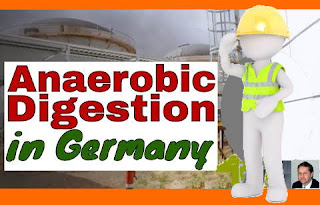The Anaerobic digestion market throughout the years has actually encountered varied applications throughout agriculture, metropolitan, and food & drink sectors.
Business owners and farmers across the region have in reality taken on these technologies to set up a foreseeable earnings stream and power resource with the purpose being to decrease dependence on mineral plant foods and fossil gas.
In addition, the food as well as drink market has actually welcomed the modern technology to refine its residue in an ecological acceptable manner and preventing landfill cost.
The European Union identifies the demand to support organisations to introduce.
EISENMANN is an instance of an effective German biogas tools making company. It is also well recognized as one of the leading global distributors of general ending up technology, product flow automation, environmental modern technology including Biogas in addition to ceramics and also thermal handling innovation.
Products of this company include blowers, exhausters, vacuum pumps and compressors looked for all sorts of gasses.
One good practice to study is the Green Gas Initiative in Europe. This is a joint commitment among the gas transmission system operators of Belgium, Denmark, France, Germany, the Netherlands, Sweden and Switzerland to "green" the gas grid through biomethane integration. www.businesstimes.com.sg
Most of the current biogas production is currently located in Germany, which hosts 9,500 or so biogas plants, more than half the total number of installations currently in operation across the EU.
But the industry has big ambitions for the future, with France and Italy now seen as the new European leaders. A study commissioned by Gas for Climate, an industry consortium, claims production in Europe could skyrocket to 98 bcm of biomethane by 2050 – a 4,800% increase on current levels. via www.euractiv.com

